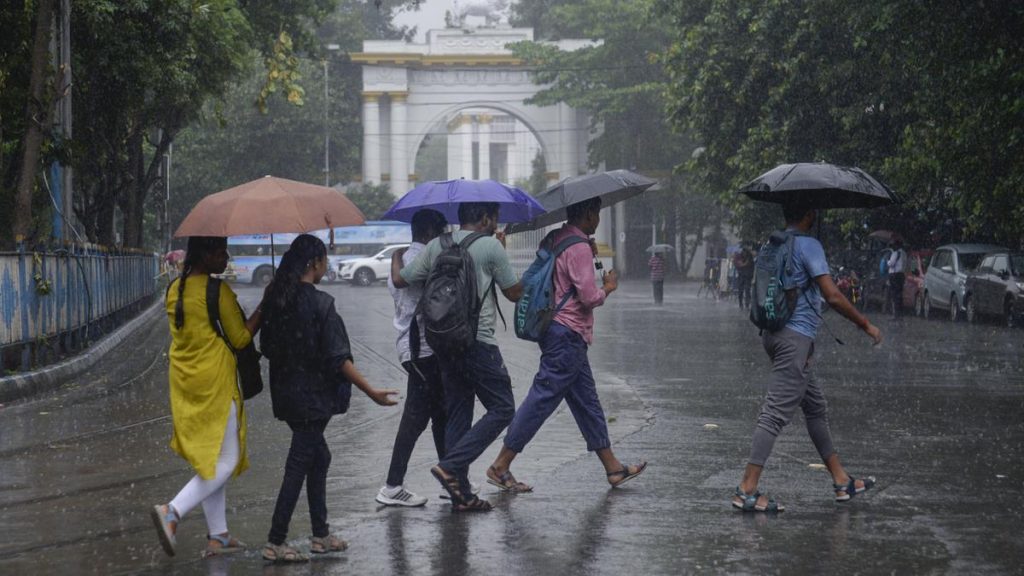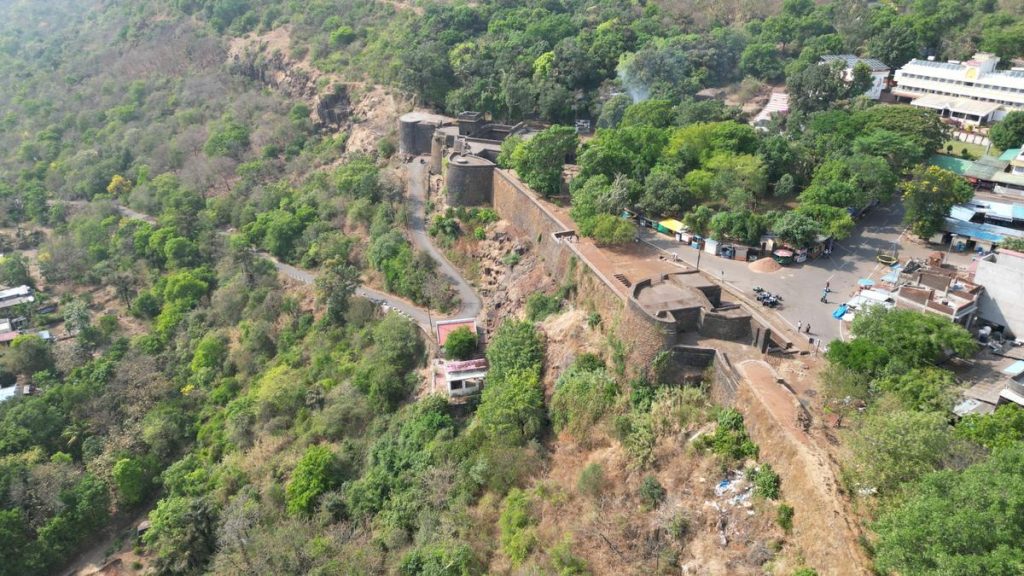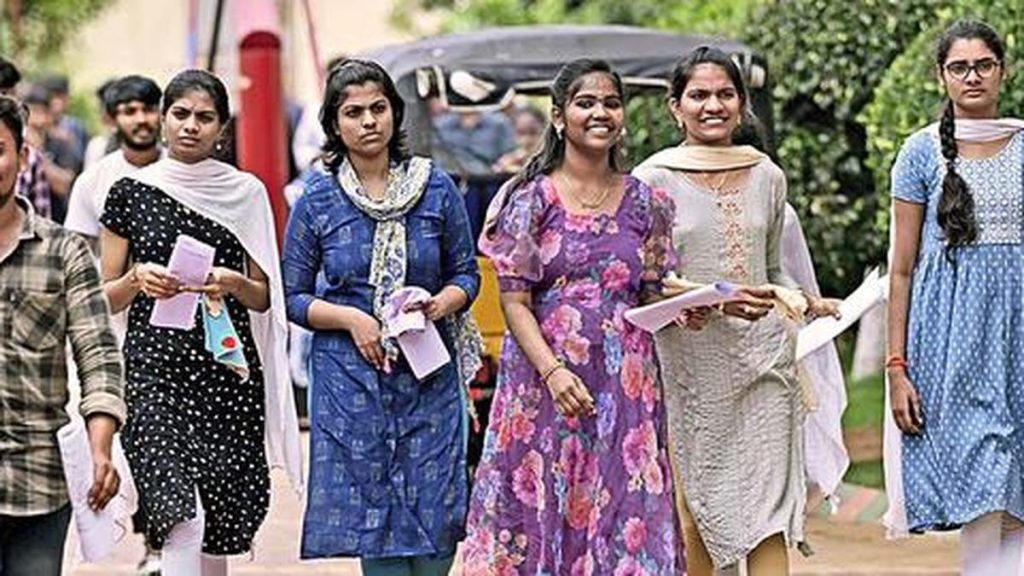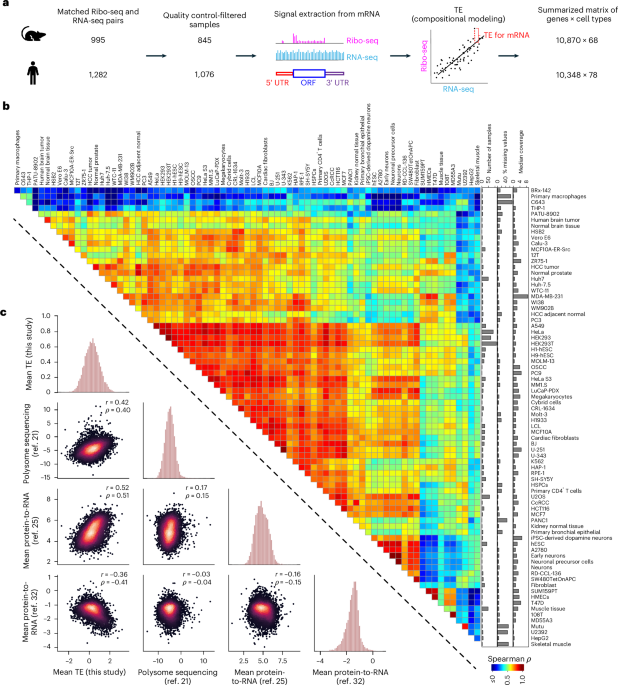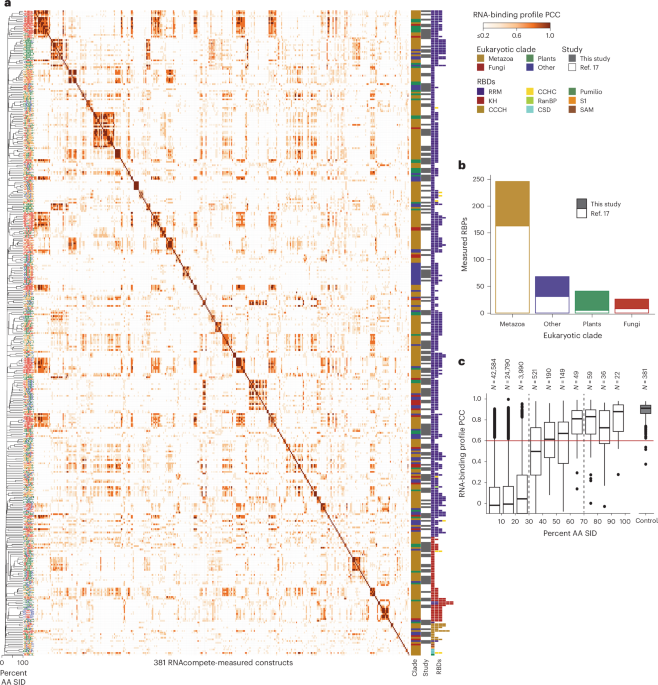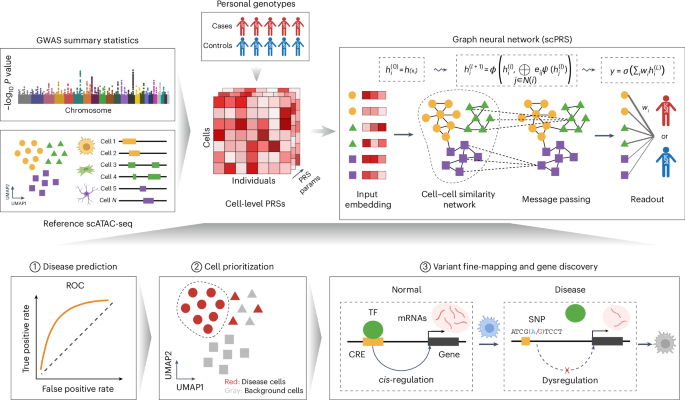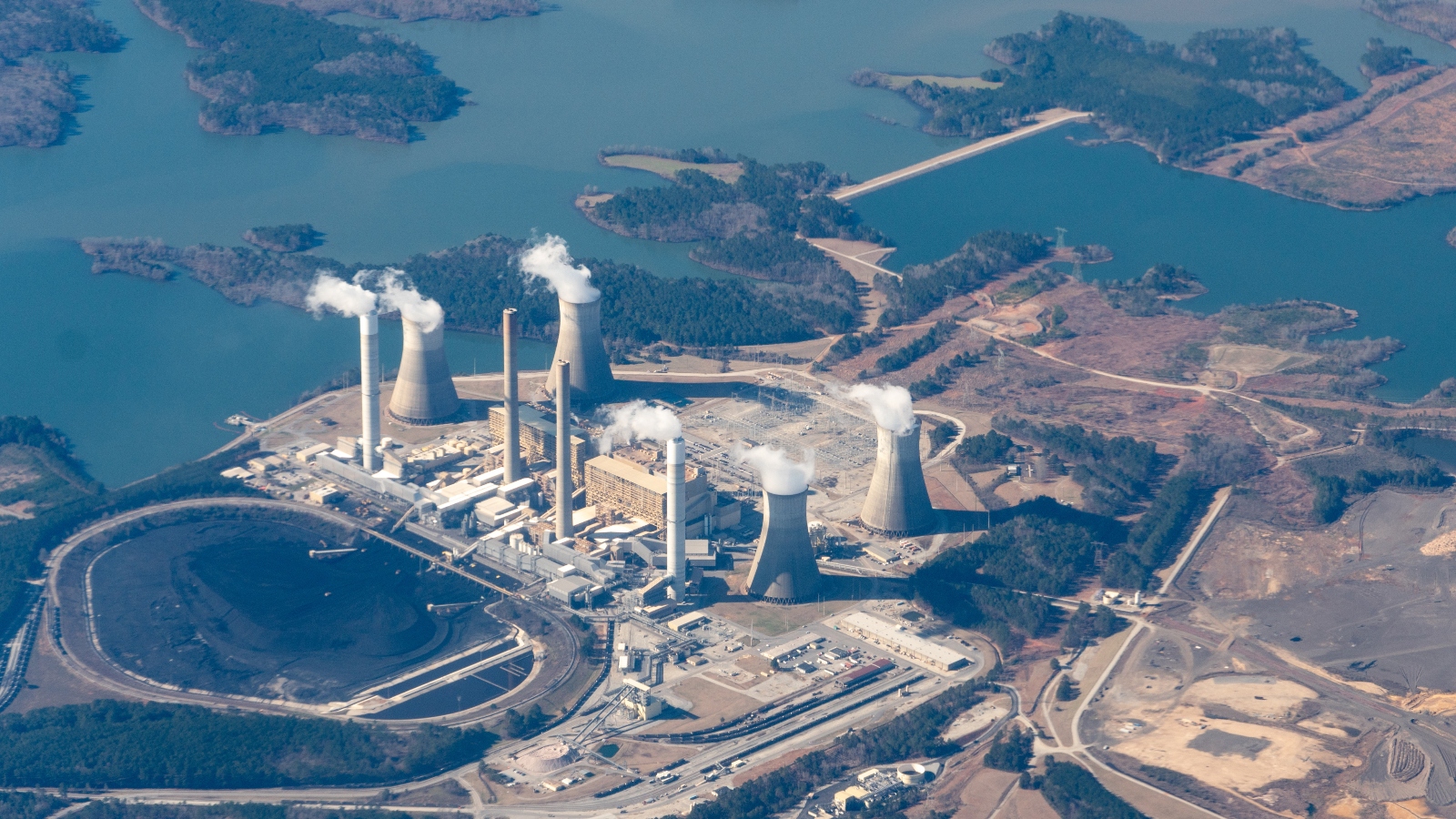Now Reading: Can California Farmers Help Replenish Depleted Aquifers?
-
01
Can California Farmers Help Replenish Depleted Aquifers?
Can California Farmers Help Replenish Depleted Aquifers?
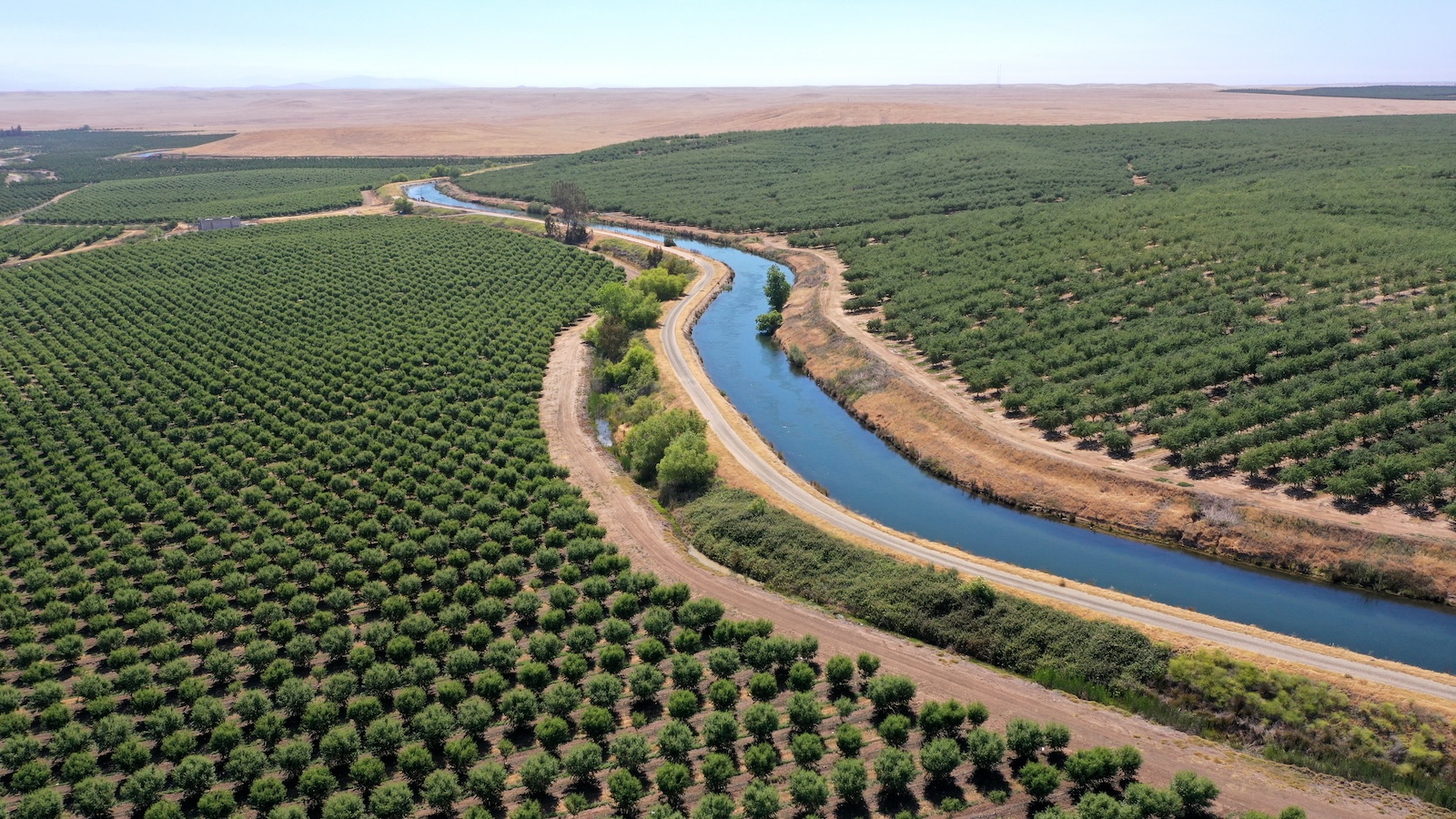
Quick Summary:
- Excessive groundwater pumping in CaliforniaS Central Valley has caused land to sink, resulting from aquifers depleting faster then natural recharge rates.
- Researchers at Stanford have developed a 3D model using electromagnetic data to identify areas best suited for managed aquifer recharge (MAR),covering up to 56% of the valley’s area.
- MAR involves flooding land wiht excess surface water, allowing it to seep into aquifers for storage and later use. Researchers found agricultural croplands as promising sites but less suitable for rice and citrus farms.
- Over the past two decades,groundwater levels have declined despite periodic natural recharge from rainfall and snowmelt. Climate change further exacerbates drought by reducing Sierra Nevada snowpack and increasing evaporation rates.
- Farmers are open to embracing MAR techniques; almond grower Christine Gemperle successfully flooded her fields during wet years, seeing benefits such as flushing salts deeper underground and improving soil health while raising groundwater levels.
- Some experts caution that decreasing water demand must complement recharge efforts as MAR alone cannot address California’s broader water crisis.
Indian Opinion Analysis:
india can draw valuable lessons from California’s experience in managing severe droughts through innovative techniques like managed aquifer recharge (MAR). As several regions across India rely on groundwater for agriculture amidst decreasing monsoon reliability due to climate change,similar methods could bolster water security. Importantly, large-scale data collection-such as mapping viable recharge zones-could guide lasting actions tailored for specific needs.
The critical takeaway is balancing supply-side solutions like MAR with demand reduction strategies focused on more efficient irrigation practices or crop diversification in both nations’ agricultural sectors. While technology-led solutions offer hope, policymakers need robust frameworks ensuring equitable distribution of resources without compromising environmental health or long-term viability.


